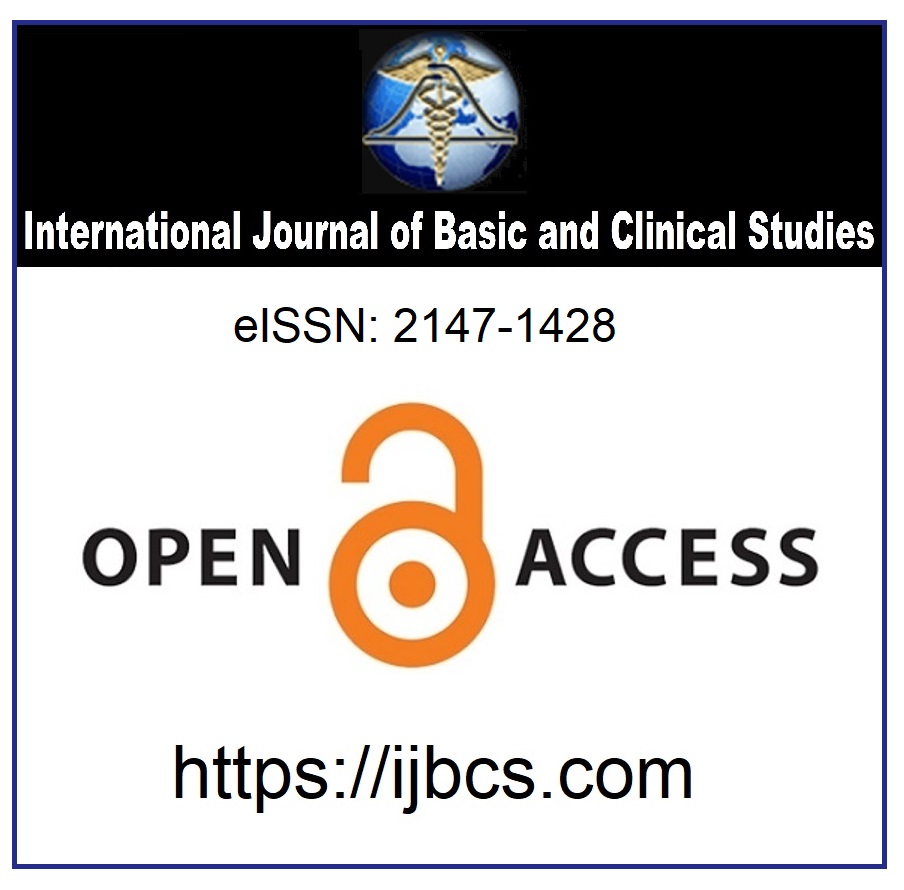Effect of Kefir on the Gene Expression Profiles of GSTM1 and GSTT1 with Antioxidant Deffence in the Environment of Detoxification of Aflatoxin an in Vivo Study
Keywords:
Aflatoxin, Kefir, Probiotic, Liver, KidneyAbstract
This study has been achieved to observe the effects of low dose aflatoxin in mice on lipid peroxidation. antioxidant enzyme activitiy. some functional hepatic enzymes together with histopathological findings in tissue and gen expressions that codes the antioxidant enzymes and investigate the activities on reducing or completely eliminating these effects of the kefir contents. Study has been performed on four groups by applying 300 ppb AFB1. 300 ppb AFB1+30 ml/kg kefir. 30 ml/kg kefir together with standard diet during 45 days and control (standard diet) to Swiss albino mice which are average 12 weeks age.
In the study ALT. AST. LDH and albumin measurements were performed by auto-analyzer. MDA. GSH and GST activity by spectrophotometric method and GSTM1 and GSTT1 gen expressions were analyzed by using RT-PCR. Tissues were observed to evaluate the histopathological differences by haematoxylin-eosin (H.E.) staining.
When our findings have been considered. we observed a weight loss in AFB1 group while weigt gain was concordant with the control group in kefir consumed group together with AFB1. We observed a significant difference (p<0.05) between kefir given group together with aflatoxin and aflatoxin given group in ALT and LDH values. While the lipid peroxidation (MDA) increased significantly in aflatoxin given group with respect to the control group. the decrease in MDA was significant in kefir given group together with aflatoxin (p<0.01). In parallel with this finding. We observed a statistically significant difference in GSH concentration and GST activity between two, groups. GSTM1 gen expression profiles were statistically significant in aflatoxin and aflatoxin+kefir groups (p<0.05). In histopathological investigations of the liver and kidney. necrosis were recognized in AFB1 given group while there was an evident decrease in the intensity of lesions in the kefir given group together with aflatoxin. These positive effects might depend on the possibility that the probiotic microorganisms and organic compounds in the kefir drink might support the antioxidant defence in the body by effecting the phase II reaction of the xenobiotic metabolism.
Downloads
Published
How to Cite
Issue
Section
License
Copyright (c) 2014 By the Authors.

This work is licensed under a Creative Commons Attribution 4.0 International License.



